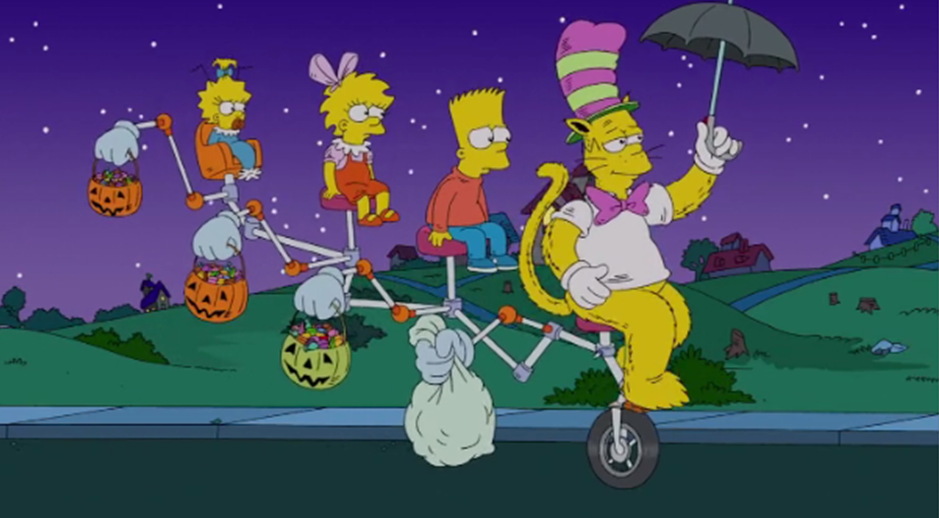As we look into the second half of the "Maximum Venom" season, so too do we reach the final post of my long running analysis of the 2017 Spider-Man animated series. Does the season and series go out on a high note? Let's not waste time and dive in.
The fourth hour entitled "Spider-Man Unmasked" mainly focuses on Max Modell's hearing with the Horizon High school board over his experiments with the Venom symbiote. Peter and friends help with Max's defense as Curt Connors acts as prosecutor, his main argument being the safety of the students. Things aren't going well for Max, so in a last ditch effort, Peter suits up as Spider-Man to act as a character witness, citing Max's contributions in his efforts to protect the city. While he seems to be winning them over, Connors then calls out Spider-Man for being Peter Parker. With Max's job on the line and honesty being key, Peter unmasks to the school board (and to Gwen and Anya by proxy). This only drives home Connors' claims of Max's recklessness with his students since he knew Peter was Spider-Man. Having heard enough, the school board relieves Max of duty and places Connors in charge of Horizon. Luckily for Peter though, the contents of the hearing will be sealed from the public, keeping his secret safe. However, they decide that Spider-Man is barred from campus.
In the aftermath, a dejected Max closes himself off from his students. Gwen and Anya are obviously pissed with Peter for keeping his secret from them, though honestly, I'm kind of pissed at the writers for not making them smart enough to figure it out themselves. I mean, when three-fourths of your friend group get spider powers, chances are that fourth friend has them too. They eventually make amends with Peter apologizing to them after getting advice from Mary Jane about being honest with friends. Oh, and they do this all while dealing with mutated humanoid rhinos in Swarm's underground monster fighting league, creating combatants from serums developed by the Jackal and where criminals can watch and bet on the results. And I only bring this part up because it's relevant to what happens later.
In a weird way, "Spider-Man Unmasked" has a lot of important developments, but somewhat feels like filler. I guess I would say this is the weakest entry to this season.
A few weeks pass when we get to the fifth hour, "Generations", and Connors has gone full totalitarian as principal of Horizon. Security bots patrol the halls, school uniforms are imminent, and mysterious packages are being delivered to the faculty lounge by drones. When a lab accident takes down one of the delivery drones, Peter, Miles, and Anya realize the contents are vials of Jackal serum. After sneaking off with the drone's hard drive and taking it to Gwen, they're able to find the warehouse the drones are coming from. The Spider-Team split up, with Peter and Gwen heading to the warehouse while Miles and Anya figure out what's going on in the lounge. Thanks to his Venom Blast, Miles and Anya are able to get past the security in place to find a secret lab and a mysterious machine, only to get knocked out by Anya's stepsister Maria.
Spider-Man and Ghost Spider discover the Jackal and his own secret lab, which he soon enough sets to self-destruct. And it's worth noting that it's an underwater lair, and as the trope goes, underwater lairs always get destroyed. Before escaping though, Gwen is able to access Jackal's files and discovers what he's planning and who he's working for. Peter and Gwen head back to the school to save Miles and Anya, confronting Connors, Maria, and Jackal, as well as Swarm. And it's here we learn the true mastermind they've been working under: Norman Osborn (called it).
So how did Norman survive the finale of season one? Just barely, as he suffered burns across his body and lost an arm and leg. Since then, he's been watching from the shadows planning his vengeance on Spider-Man. He employs Connors, who has had occasional flare-ups from the Lizard formula in his body, promising to fully cure him in exchange for his help. To this end, he sets in the motion the events that would lead to Max's firing and placing Connors in charge of the school, giving Osborn the scientific resources he needs coupled with the money being made through Swarm's underground monster league to reach his final goal. Siphoning off DNA from the symbiote seed and combining it with Jackal's mutation serum, he's transformed into the Dark Goblin (no doubt somewhat inspired by the Carnage based Red Goblin identity Norman took in the comics briefly). Connors, experiencing another Lizard flare-up, begs Osborn for the cure he promised him. Osborn just laughs, saying he never planned to cure Connors. An angry Connors then fully transforms into the Lizard and attacks Osborn, but runs off after being clearly outmatched by the Dark Goblin's strength (and that's the last we see of him).
Wanting Spider-Man all to himself, Norman uses his minions to split up the rest of the Spider-Team:
* Anya takes on her step-sister Maria, who uses a Tarantula based exo-suit. Anya notices Maria forgetting personal details of their relationship, soon enough taking Maria down and revealing that it's the Chameleon in disguise.
* For those who don't remember, this version of the Jackal is Gwen's uncle Raymond. While Jackal and Norman had been enemies back in season one, Jackal decided to work for Norman with his own goal of getting close to his niece so that he can transform Gwen into a Jackal creature like himself. Thankfully, Gwen is saved in time by Miles.
* As for Miles, he takes on Swarm. Through Swarm's exposition about working with Osborn so he can protect his neighborhood and son from the dangers that the Spiders bring, Miles realizes Swarm is his father, Jefferson Davis, unmasking in front of him. An ashamed Jefferson soon flees after realizing what he's done. Honestly, this is the weakest of the "family feud" theme they were going with these fights. Gwen and Raymond's deal had been established in season one and Anya's conflict was based on deception. Making Swarm Miles' dad comes across as a last minute decision. While it seems they didn't want to bring in Miles' uncle Aaron as Prowler since they already established the Hobie Brown Prowler in season two, I don't think they fully thought through the Swarm idea. Jefferson appeared in a single episode back in season one, and his motivation to protect his neighborhood is really lacking because of that; it probably would have helped if there were more Miles focused episodes prior to this. And aside from a couple mentions in the finale, there's unfortunately no resolution to this plotline.
As Peter and Norman fight, Harry enters the fray as Hobgoblin, having been called ahead of time before Peter and Gwen got back to the school. Norman tries the whole Darth Vader "join me" schpeel with Harry, but the son isn't buying what the father is selling. With Peter and Harry getting the upper hand and none of his minions responding, a desperate Norman uses symbiote tendrils to grab more vials of Jackal serum to absorb, mutating further (taller, stronger, more eyes, horns, and spider legs sticking out of his back). The rest of the Spider-Team return to the scene and through a hard fought and very entertaining battle, they're able to get Norman back into the machine to reverse the transformation, turning him from the Dark Goblin back to his human form (though on the plus side, he has both his arms and legs again).
Since Norman's confession was recorded by a security bot, Peter brings it to the school board, showing that Max's experiments were safe and contained had it not been for Osborn and Connors. While I feel this ignores some of the legitimate points Connors did have about safety, we need the happy ending, so Max is reestablished as the principal of Horizon High.
Despite some problems, I'd go so far as to say "Generations" was the best entry of this season with good fights and the payoff of Norman Osborn's return as well as resolution to his and Jackal's storylines.
We now come to the season finale of "Maximum Venom"..."Maximum Venom" (hmm, maybe they were running out of steam by the end).
This hour begins with Spider-Man teaming up with the Avengers and playing a vital role in defeating MODOK. Afterward, Tony offers Peter membership to the Avengers once he's done with school, though he has to think about it since it would involve giving up his personal life.
Later on, Peter, Gwen, and Anya go in search for the Lizard, only to find a resurrected Venom. But before they can find out how he's alive, he disappears. While this is a problem to be dealt with, the Spider-Team doesn't want this to spoil the school dance Horizon is having for Max's return as principal, where Peter brings Mary Jane as his date. It's been building up slowly since her debut in the series, but the chemistry between the two is adorable. They both clearly like each other, and Mary Jane's more outgoing nature plays off well with Peter's awkwardness.
As the dance gets going, Max unveils his latest invention for the occasion: a transdimensional gateway that can not only open up a portal anywhere on Earth, but to far off worlds. When something begins approaching the portal on the alien world, Peter calls for Max to close it. It's then revealed that Venom is in control of Max (which was actually hinted at prior in this episode).
As it turns out, a small sliver of the Venom symbiote survived when Peter destroyed the beacon it sent out at the beginning of the season, hiding itself in the symbiote seed. The sliver then slipped into Max, biding its time and growing inside, eventually being able to use Max as a puppet. After getting all the other students clear, the Spider-Team suits up to deal with not only Venom, but his symbiote sisters then come through the portal: Scream, Scorn, and Mania. Their goal this time isn't conquest of Earth, but annihilation.
Venom is sent through the portal to retrieve the "world killer" as Spider-Man gives chase. Said "world killer" is basically a giant symbiote dragon, which Venom flies back to Earth (destroying Horizon as it comes through the portal) with Spidey hanging on. The symbiote sisters, after taking down the rest of the Spider-Team, retrieve the symbiote seed and give it to the dragon, powering it up to fire destructive laser beams across the city. On top of the dragon, Spidey and Venom continue to fight, with Peter trying to reach Max inside. Despite Max's negative feelings over all his failures fueling the symbiote, Peter is able to give a pep talk that raises Max's spirits enough to take control. Peter and Max, using the symbiote's strength for his own, rip the seed from the dragon. Max then crushes the seed, releasing a large amount of energy from it that not only eradicates the dragon, but also destroys the other symbiotes, freeing Max and the unnamed aliens from their hold. The symbiote threat is finally over.
In the aftermath, Max decides that instead of simply rebuilding and reopening Horizon, that they need to build something new to carry on the goal of creating a better world. To this end, Peter declines Tony's Avengers invitation but asks him to invest in a new tech start-up with his friends: Worldwide Engineering Brigade (W.E.B. (get it?)).
As for Peter and MJ, they meet up the following morning and share a dance that got interrupted when things started to get crazy. They agree on a "first date redo" as Peter returns a kiss on the cheek which MJ gave him before the evacuation.
This story works mostly well as both a season and series finale. The main threat of the season, Venom, gives one last effort to defeat Spider-Man with the world hanging in the balance this time. And considering a big part of this show was Peter attending Horizon High, him looking toward the future after school is a good send-off. I'm almost disappointed there won't be a season four since it would be interesting to see how Peter and the gang run WEB and how it would play into their Spider activities.
So now that it's over, what do I think of the 2017 Spider-Man animated series as a whole? It's satisfactory. 'Spectacular' and the '94 series are still certainly the best, thought I would give this series the bronze. It wasn't everything I hoped it would be, but I was invested nonetheless. There have been quite a number of Spidey cartoons since the '67 series, and I would think that each of them played a part in creating new Spider-Man fans through the decades. This series took quite a few liberties and made some creative spins on the mythos and it wasn't perfect, but you can say that each series that's come and gone has had its high marks and short comings. What I think it comes down to though is respect to the source material and if it captures the core aspects of the character. The struggle of Peter Parker and Spider-Man is trying to find the balance between a normal and superhero life. The 2017 series succeeds in that regard, and that makes it a winner in my book.
As for the future of Spider-Man in animation, I think it may be good to give the character a break for awhile. Let the creative juices build up and come back swinging with something new and hopefully something great.
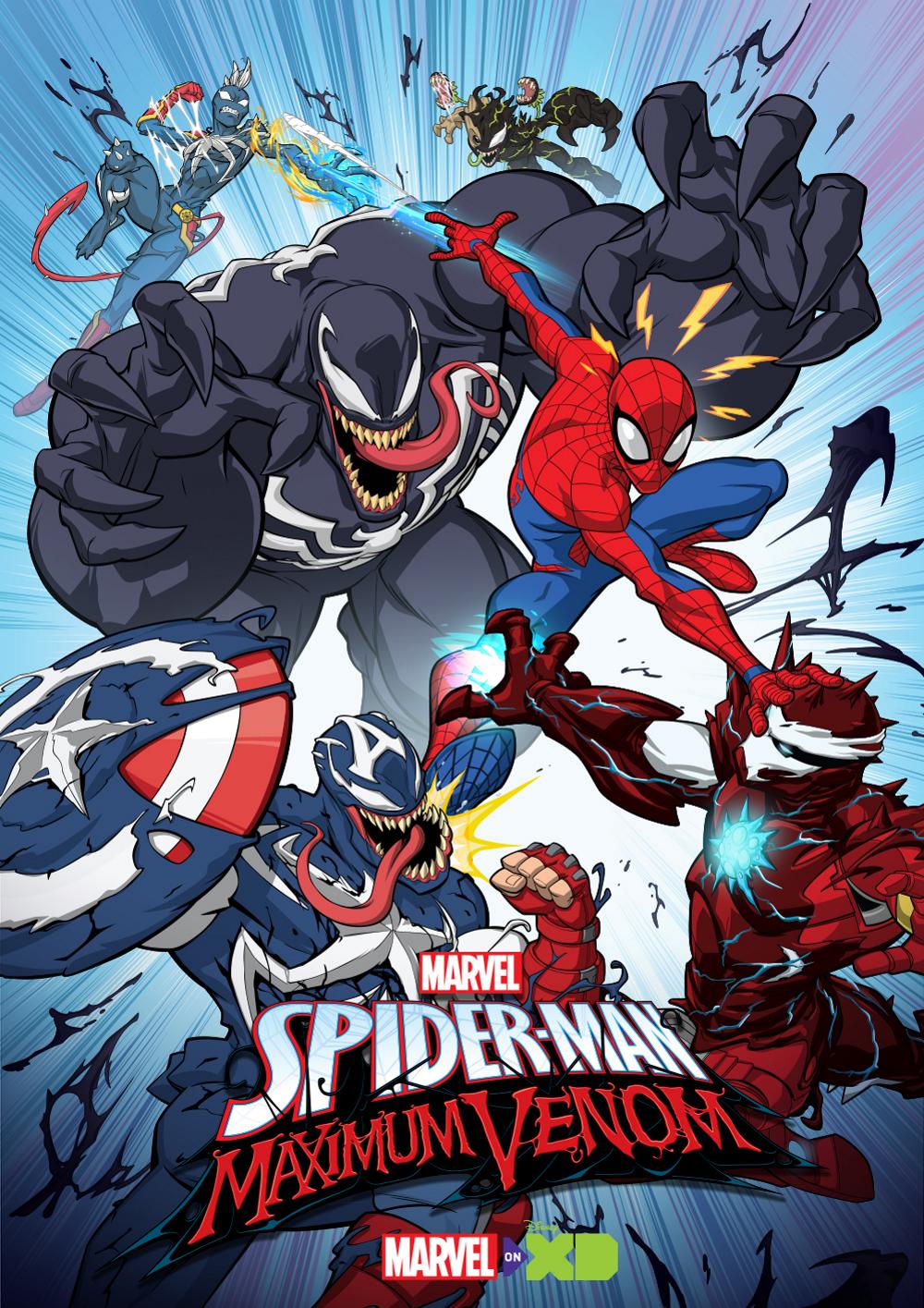
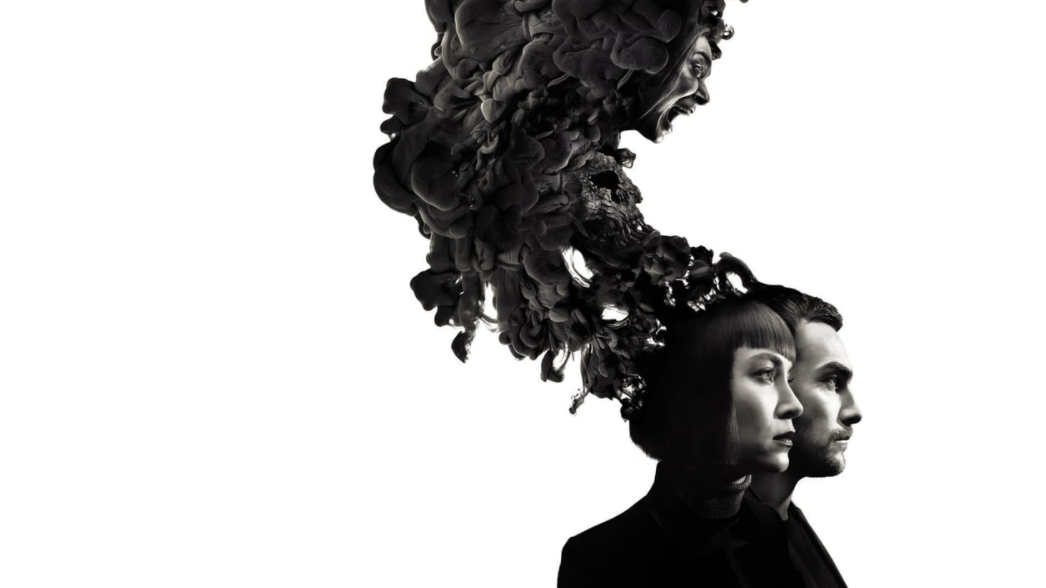

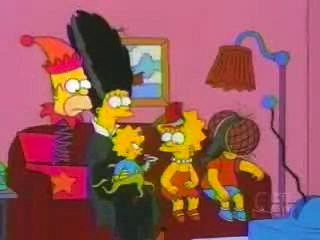


.jpg)
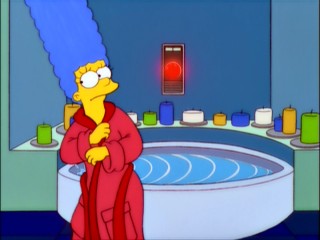

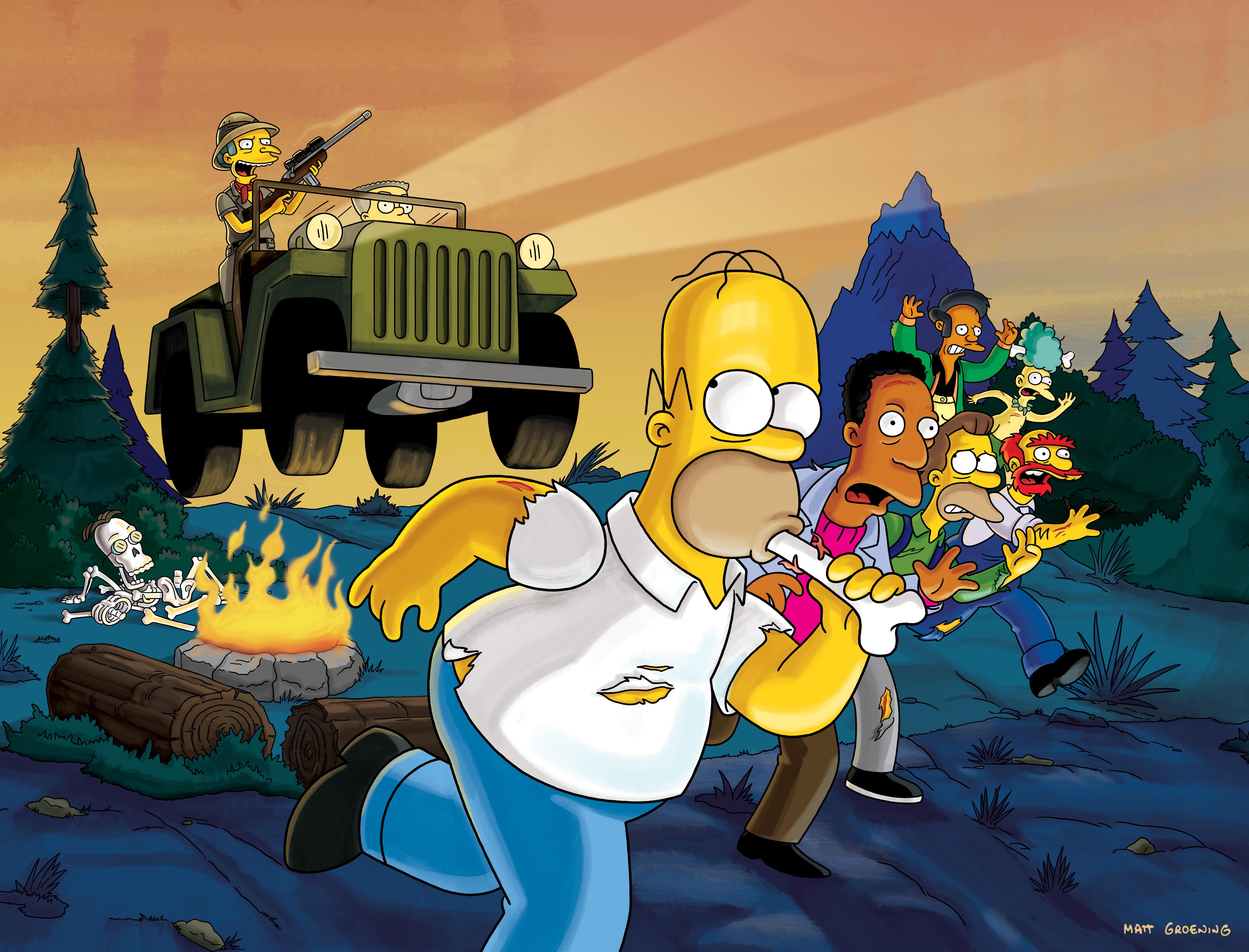
.jpg)
